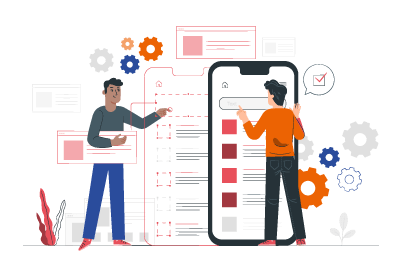MODELING
In the beginning, in the first section, various statistical concepts were examined, which aid in understanding the ways in which conclusions can be drawn from data. The idea of Machine Learning is introduced to construct Data Models, which lets us explore data and draw simple conclusions but also aids us map patterns into the data that, in turn, assist us in predicting values.
The primary distinction between Statistical Models that were used to date, as well as Machine Learning Projects, is that the relationship between variables in Statistical Models is based on mathematical equations, whereas, for Machine Learning Models, the algorithm that runs the models does not depend on any specific rules. When it comes to Machine Learning, the concept of Hypothesis Testing and Population Sample datasets are not included. Instead, it is focused on how similar the predictions are or whether the algorithm can discern certain patterns that are present in the data.
Certain terms that have been used in the past are also likely to shift. The Statistical model is a model that estimates, while Machine Learning models ‘learn’ and covariates, as well as variables, are often referred to as “features.” It is crucial to remember that both Statistics as well as Machine Learning work very closely with one another and may overlap.
This section will explore different machine-learning models are constructed. In the section on theory, the various algorithmic approaches to machine learning are examined. In contrast, in the application section, the algorithms are used to build models using various languages like Python as well as R.

THEORY
The theory section covers various machine learning methods that can be employed to create data models. Some of these algorithms function in a Supervised Learning setup, while others operate in an Unsupervised Learning setup. Many algorithms are utilized for making Time Series models that help forecast values over a particular duration of time.

APPLICATION
Understanding algorithms is a foundation for understanding the behavior of various models. However, it's the knowledge of computer languages that allows one to develop models for data. This section describes different models are constructed using Python and R with a variety of different machine-learning algorithms.
